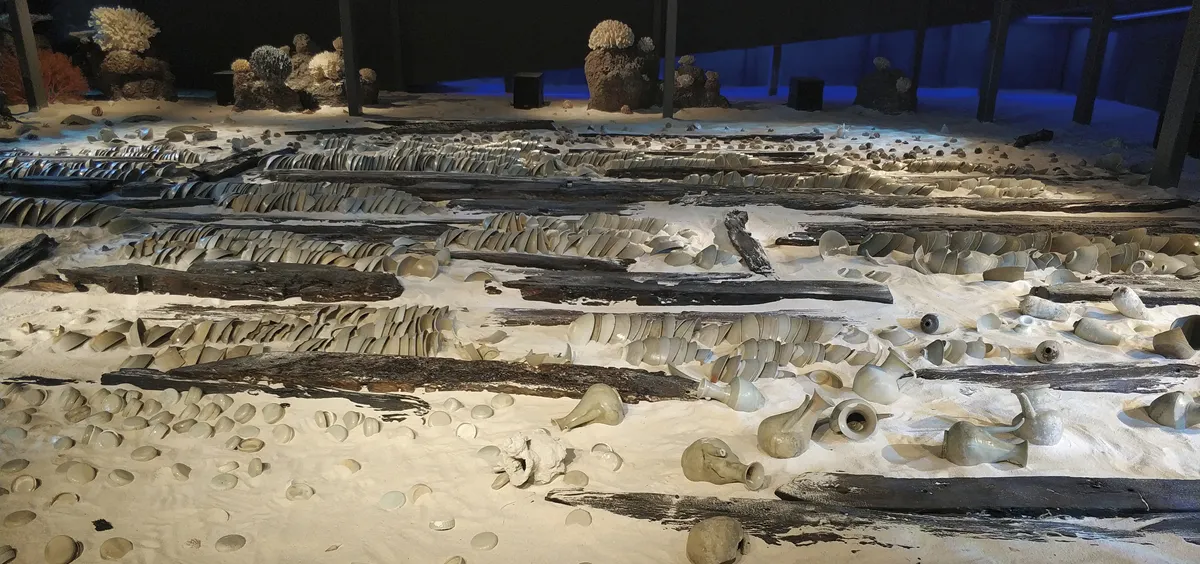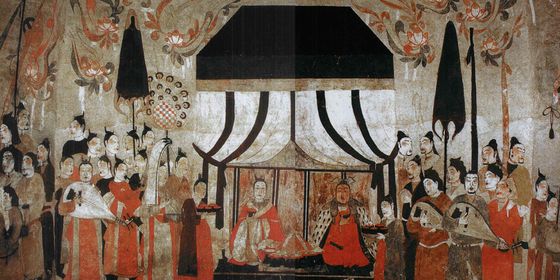Hainan is at the forefront of China's booming underwater archeology field
It was the Southern Song dynasty (1127 – 1279) and the economy was booming—on the sea. For centuries, the Silk Road stretching westward across the Asian continent had been China’s lifeline to the rest of the world. In return for its tea, silk, and porcelain, China imported products from exotic places like Persia and India. Material goods were not the only things to travel along the Silk Road, however; ideas, philosophies, and religions spread like wildfire. During the earlier Han dynasty (206 BCE – 220 CE), Buddhism was introduced to China through India via this influential trade route.
By the time the Southern Song dynasty had rolled around, though, the overland Silk Road had become increasingly unsafe and expensive for merchants to travel due to political tensions in Central Asia. The Song responded by investing in a new solution: a maritime Silk Road, which quickly exceeded overland trade. The Song government sent merchants across Southeast and South Asia, establishing new and lucrative avenues. Although the extent of the Song’s economic influence is still being unearthed, shards of Song porcelain have been found as far away as the east coast of Africa.













